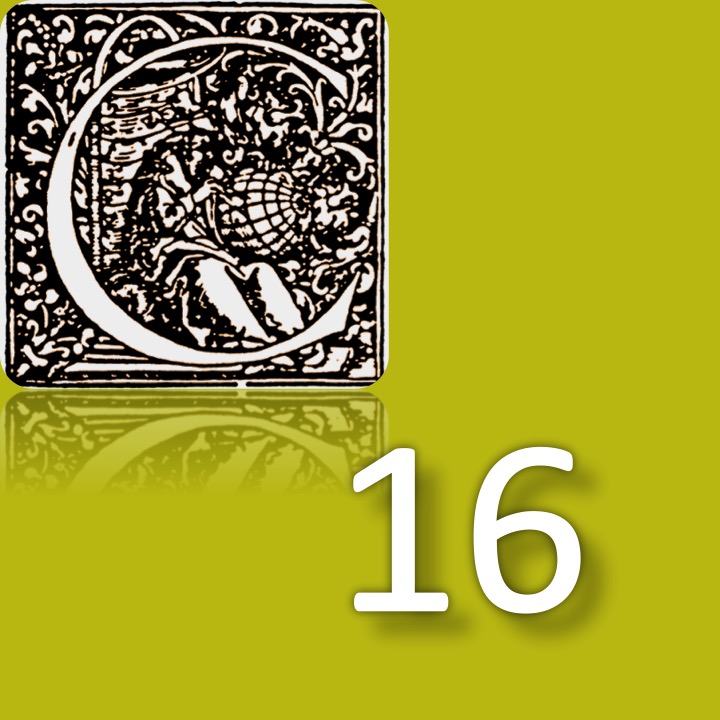Pharmacy, quina and quinine in Portugal, 18th-20th centuries
Abstract
Quina and quinine played a considerable role in European pharmacy and medicine, becoming a relevant object of botanical, chemical and therapeutic studies, in addition to their commercial and industrial interest. In the present paper we analyze the introduction of quina and quinine into the scientific literature, 18th- and 19th-century pharmacopoeias in particular. We begin by a study case on the use of quina at Teaching Hospital of University the Coimbra at the turn of the 19th century. Next we discuss the isolation of cinchonine in Portugal and the polemics to which it gave rise among scientists from Coimbra and Lisbon (1810-1812), as well as several of the most relevant studies of quina and quinine conducted in Portugal at the turn of the 20th centuries. Finally, we approach the problems posed by the cultivation of cinchona plants and quinine extraction in the former Portuguese colonies, particularly the errors that led to the end of the quinine extraction industry in Portugal.


.png)
